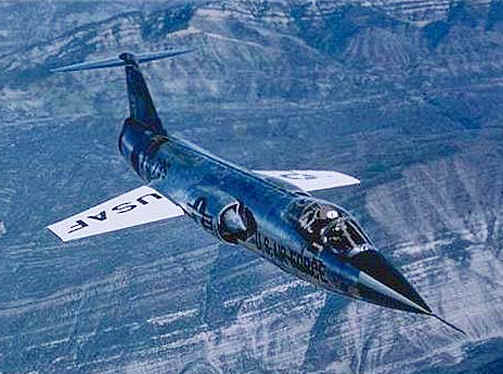For the past some weeks, I've been playing a mobile game called "Extreme Landings".
It's one of the best aviation mobile game in the market now. I recommend you guys to try it.
 |
| Extreme Landings |
Anyway, as the name suggests, it is all about landing. Not just any landing but realistically simulated with specific faults. There are times when engines burn out or one of the landing gear won't work or the rudder is jammed - it's fun.
During these landings, I came to realize how important flaps are. I came to appreciate this marvelous piece of design attribute which makes any flight successful.
Flaps are the piece of wing that extends at the time of landing (and takeoff).
Why does it extend like that? What is the use of it?
Well at the time of landing and takeoff extra lift is required. Lift as a force depends on the surface area. If you increase surface area, then you increase lift. As you can see from the above pic, the wing just got bigger. That's all.
Remember this: Lift is directly proportional to speed and surface area. That is, if speed or surface area is increased Lift also increases. If speed or surface area is decreased lift decreases.
If the it gives more lift, then why can't they use it all the way? Why extend it only at the time of landing and take-off?
It's because of speed. Commercial aircraft speed at 35,000 ft is 900 km/hr (560 mph). While the speed at ground level is 240-285 km/h (150-180 mph). Enough lift is not achieved at this speed, so to compensate the low speed, they increase the area so that value of lift remains the same.
So, if there were no flaps, aircraft would have to land very fast to keep the lift up. Also at takeoff they would have to use the full runway length to achieve the desired lift value by increasing speed.
Flaps are very important for an aircraft functionality. In fact it is evident with LockheedF-104 Starfighter. It is the first aircraft to achieve sustained Mach 2 flights. Look how small thier wings are. It was designed by the same man who designed SR-71A Blackbird.
Lockheed F-104 Starfighter
With high speed comes sacrifices. If the area is increased it will increase the lift but at high speeds drag increases tremendously. That's one of the reasons why most of the fighter aircraft have small wings. Well, with F-104, since extending flaps did very little in increasing the lift; F-104 had to make high speed landings . Many fighters crashed at landing phase due to high speeds.
Despite that, the performance record of this legendary aircraft still remains one of the best in aviation history.
After the invention many aircraft didn't have powerful jet engines. They had good old piston engines. So the speeds achieved was low. As speed decreased lift decreased. The only way to increase the lift was to increase surface area. So old timers added extra wing!
Three Wings stacked on top of each other:
 |
| Tri-Plane |
Then Two wings:
 |
| Bi-Planes |
They just keep stacking :
 |
| Multi Wings Plane |
After the invention Jet engines, we compromised on just extending the wings for specific use and called it flaps.
I hope this was informative and entertaining. Please comment and share.
Until next time, this is CK signing off.
-CK











